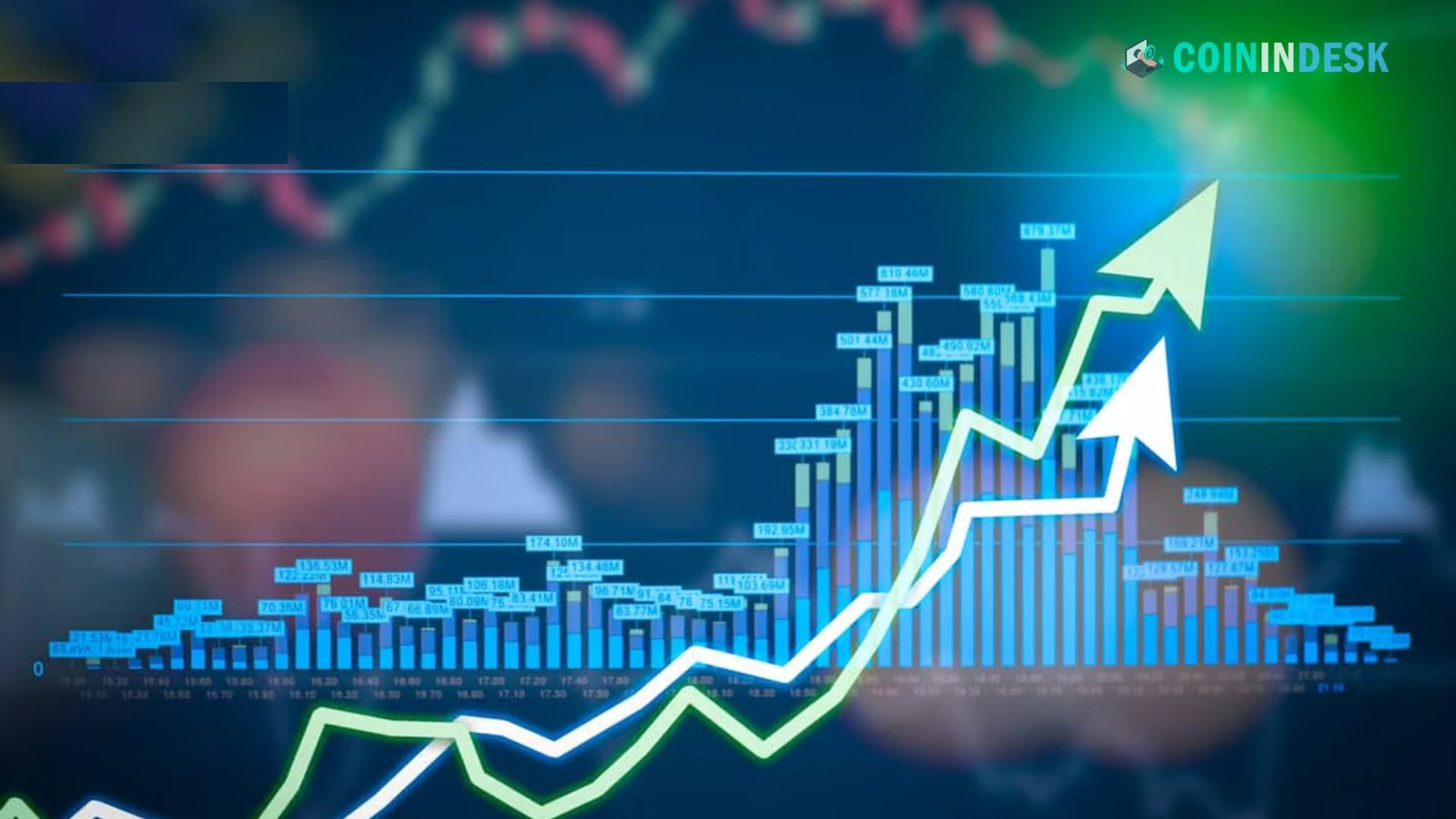Blockchain Data Analysis: Offering a decentralized, immutable, and transparent method to record transactions and data, blockchain technology has transformed numerous sectors. Blockchain technology has expanded its possibilities beyond its initial use case in digital currencies like Bitcoin and Ethereum to include a wide range of sectors, including healthcare, supply chain management, banking, and more. Nevertheless, the amount of data produced increases with the proliferation of blockchain technology. Blockchains’ decentralized structure creates new possibilities and problems for data analysis. This article will explore the complexities of blockchain data analysis, including its significance, difficulties, tools, and potential future consequences.
What is Blockchain Data?
At its core, blockchain is a distributed ledger technology that records transactions across a network of computers in a secure and verifiable manner. Each transaction is grouped into a “block” linked to the previous block, forming a “chain” of records. This structure ensures that once data is recorded, it cannot be altered without consensus from the network participants.
Blockchain data consists of several elements:
- Transaction Data: The primary data in most blockchains is transactional, detailing the transfer of assets or information from one party to another.
- Metadata: In addition to transaction data, blockchains often store metadata such as timestamps, sender and receiver addresses, gas fees (in Ethereum), and more.
- Smart Contracts: Blockchains like Ethereum allow for executing smart contracts, self-executing code snippets that run automatically when specific conditions are met. Executing these contracts generates further data related to contract interactions.
Analyzing this data can offer valuable insights, from tracking asset movement to identifying trends in smart contract usage. However, blockchain data’s decentralized and cryptographically secure nature introduces unique complexities in the analysis process.
Importance of Blockchain Data Analysis
Blockchain data analysis is vital for several reasons, from improving network efficiency to uncovering patterns in user behavior. Here are some of the key areas where blockchain data analysis plays a crucial role:
Financial Transparency and Auditing
Blockchain ledgers are inherently transparent, making them ideal tools for financial auditing. Every transaction is publicly recorded and timestamped, allowing auditors to verify transactions in real-time without relying on third-party intermediaries. Blockchain data analysis helps auditors detect fraudulent activities, trace asset transfers, and ensure regulatory compliance.
Market Trends and Investor Behavior
Understanding the flow of funds within a blockchain ecosystem can provide critical insights for investors and traders. Blockchain data analysis tools track large transactions, identify whale wallets (large holders), and detect abnormal trading patterns. This information can be used to predict market movements or identify emerging trends.
Regulatory Compliance and Anti-Money Laundering (AML)
Regulators increasingly turn to blockchain data analysis to track and mitigate financial crimes. By analyzing transaction patterns, authorities can identify illicit activities such as money laundering, tax evasion, or terrorist financing. Blockchain’s transparency provides a unique advantage in tracing suspicious fund flows across borders.
Decentralized Application (DApp) Performance
Blockchain data analysis helps developers optimize decentralized applications (DApps) by providing insights into user behavior, gas fee consumption, and contract efficiency. Developers can identify bottlenecks in contract execution, understand user retention, and improve overall DApp performance.
Supply Chain Transparency
Blockchain’s use in supply chain management has grown significantly, enabling companies to track products from the point of origin to the end consumer. Blockchain data analysis helps businesses verify the authenticity of goods, track shipments in real-time, and ensure compliance with environmental standards.
Challenges in Blockchain Data Analysis
Despite the vast potential, blockchain data analysis comes with several challenges. Blockchain data’s decentralized, encrypted, and immutable nature makes traditional data analysis techniques difficult to apply. Below are some of the primary obstacles:
Volume and Scalability
The rapid growth of blockchain networks has led to an exponential increase in data volumes. As blockchains like Bitcoin and Ethereum grow, storing and processing this data at scale becomes increasingly difficult. Full nodes (computers that store the entire blockchain) require substantial storage capacity, and extracting meaningful insights from this massive data requires advanced techniques.
Data Immutability
One of the key features of blockchain technology is immutability – once data is recorded on the blockchain, it cannot be altered. While this ensures data integrity, it also means that any errors in data entry are permanent, complicating the analysis. Additionally, reconciling older data with newer data can be challenging, particularly when cleaning or correcting errors.
Privacy and Anonymity
Although blockchain transactions are transparent, they are often pseudonymous. While one can see all transactions and wallet balances, the real-world identities behind these addresses are often unknown. This creates challenges when linking blockchain data with off-chain data sources, such as identifying individuals behind suspicious transactions.
Complex Data Structures
Blockchains do not store data in a straightforward, easily interpretable format. The data is often highly structured, cryptographically hashed, and distributed across multiple nodes. Extracting insights from this data requires specialized tools and expertise in cryptography, distributed systems, and data science.
Tools for Blockchain Data Analysis
Several tools and platforms have emerged to tackle the complexities of blockchain data analysis, from specialized blockchain explorers to advanced data analytics platforms.
Blockchain Explorers
Blockchain explorers, such as Etherscan (for Ethereum) and Blockchain.info (for Bitcoin), are essential for viewing transaction histories, block information, and wallet balances. These tools provide a user-friendly interface for navigating blockchain data, though they are generally limited to basic queries and visualizations.
Graph-based Analytics
Blockchains are essentially large, complex graphs in which nodes represent wallets or contracts and edges represent transactions between them. Graph-based analytics tools such as Neo4j and GraphSense enable users to perform advanced network analysis, uncover relationships between entities, track fund flows, and detect suspicious activity.
Machine Learning and AI
Machine learning and artificial intelligence are increasingly being applied to blockchain data analysis. These technologies can help detect anomalies, predict market trends, and even identify fraud by analyzing patterns in transaction data. Companies like Chainalysis and Elliptic use AI to provide insights for compliance, regulatory enforcement, and financial auditing.
Data Warehousing Solutions
Given the massive volume of blockchain data, many organizations use data warehousing solutions such as Google BigQuery or Amazon Athena to store and query blockchain datasets. These platforms allow users to run complex queries across large datasets, enabling deeper analysis of trends and behaviors.
Future of Blockchain Data Analysis
As blockchain technology evolves, so will the tools and techniques used to analyze its data. The future of blockchain data analysis is likely to be shaped by several key trends:
Interoperability
As more blockchains emerge, the ability to analyze data across multiple networks will become increasingly important. Interoperability solutions such as cross-chain bridges and data aggregators will be crucial in enabling comprehensive analysis across decentralized ecosystems.
Enhanced Privacy Solutions
While privacy is a challenge for blockchain analysis, emerging technologies such as zero-knowledge proofs and privacy-preserving cryptography may provide new ways to analyze blockchain data without compromising user anonymity. These solutions could enable more sophisticated analysis while respecting individual privacy.
Integration with Off-Chain Data
Blockchain data alone can only provide part of the picture. Analysts will need to integrate off-chain data, such as social media activity, economic indicators, and regulatory developments, to gain a complete understanding of a blockchain ecosystem. Tools that facilitate this integration will be crucial in delivering more actionable insights.
Conclusion
Blockchain data analysis is a rapidly growing field with immense potential for improving transparency, optimizing applications, and enhancing security. While significant challenges exist in analyzing decentralized, cryptographically secured data, advances in tools and technologies are making extracting meaningful insights from blockchain networks easier. As blockchain adoption continues to expand, the ability to analyze and interpret this data will be crucial for individuals, businesses, and regulators alike. The future promises exciting developments in the field, with blockchain data analysis playing a pivotal role in shaping the decentralized world of tomorrow.


